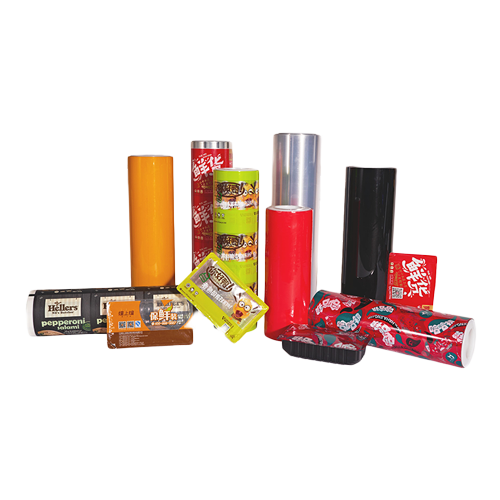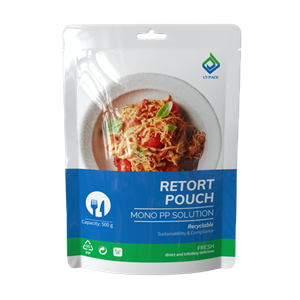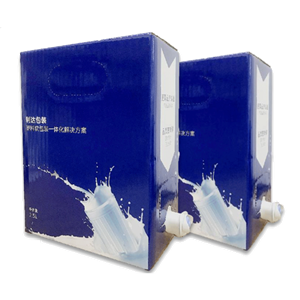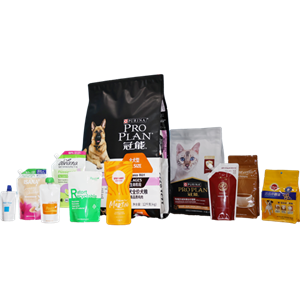Solutions to Common Problems of Dry Lamination
Abstract: Understanding the working principle of the smoothing rollers and using it well can help to solve many quality problems of dry lamination.
Dry laminating machine is usually equipped with smoothing roller.
The smoothing roller can smooth out the uneven adhesive on the film, so the adhesive will get complete flat before entering the drying box. Therefore, it is important to use the smoothing roller when the concentration of the adhesive is high. Because the levelling property of the adhesive will get weak and the adhesive layer becomes thick under the high concentration. The adhesive will be hard to level without the external force of the smoothing roller, resulting in bubble or orange peel-like appearance when laminating.
Solutions to Common Problems of Dry Lamination
(1) Scratch the ink
If scratching ink happens in the retrograde rotation, they can be converted to rotate in the same direction. That’s because the friction force of the smoothing roller on the film will be reduced when rotating in same direction. So scratching the ink will reduce or disappear.
(2) Appearance
When the viscosity of the adhesive is low and the amount of wet glue is large, the glue flows and the appearance is not good after coating, which can also be solved by using the smoothing roller. Of course, this phenomenon is usually solved by replacing the denser anilox roller and increasing the viscosity of glue.
The following pictures show us that the glue flowed after coating when using the low-viscosity glue and type 110 anilox roller. The transparency get improved after using smoothing roller, but some strips with poor transparency would appear intermittently due to the bad contact between the film and smoothing roller. Although the smoothing roller is in contact with the film, their running direction is the same and there is no obvious angle between them, resulting in less friction force and bad contact between them.
During the dry laminating process, especially with aluminum foil and metallized film, white spot is easy to appear, which usually is solved by increasing the glue amount. But the solvent residue is generally increased with glue (other conditions unchanged). However, using smoothing roller can achieve better appearance with less glue, saving glue and reducing the solvent residue.
(3) Peel Strength
Uneven glue coating is one of the weakness of dry laminating adhesive. It will generate a bit of particles when the coating is transferred to the film. If the viscosity is high, the glue is harder to level. Using smoothing roller can improve the coating effect and thickness uniformity of the dry laminating adhesive, as well as uniformity of the peel strength. The smoothing roller would smooth out the glue to avoid the insufficient amount of glue on individual points, resulting in low peeling strength, delamination or decreased tolerance in individual points. So it is suggested to use smoothing roller in the lamination of 3 layers or above.
Conclusion
The smoothing roller is common but plays an important role in dry lamination. Understanding how it works and using it well help to solve many quality issues of dry lamination.
Statement: This article is written by LD PACK and all rights reserved by LD PACK. The content is for reference only. Please correct any errors. Shall not be reproduced without permission, otherwise LD PACK will reserve the right to pursue its legal liability. If you have any technical questions, please email sales@ldpack.com for a discussion.





